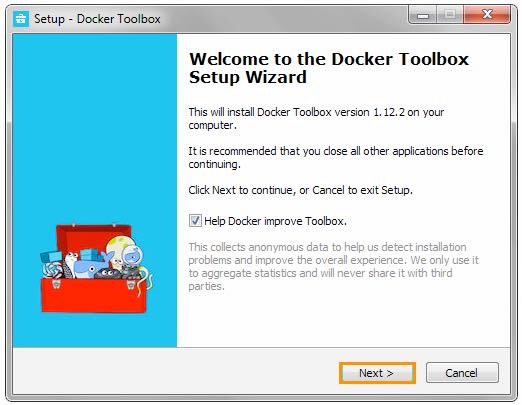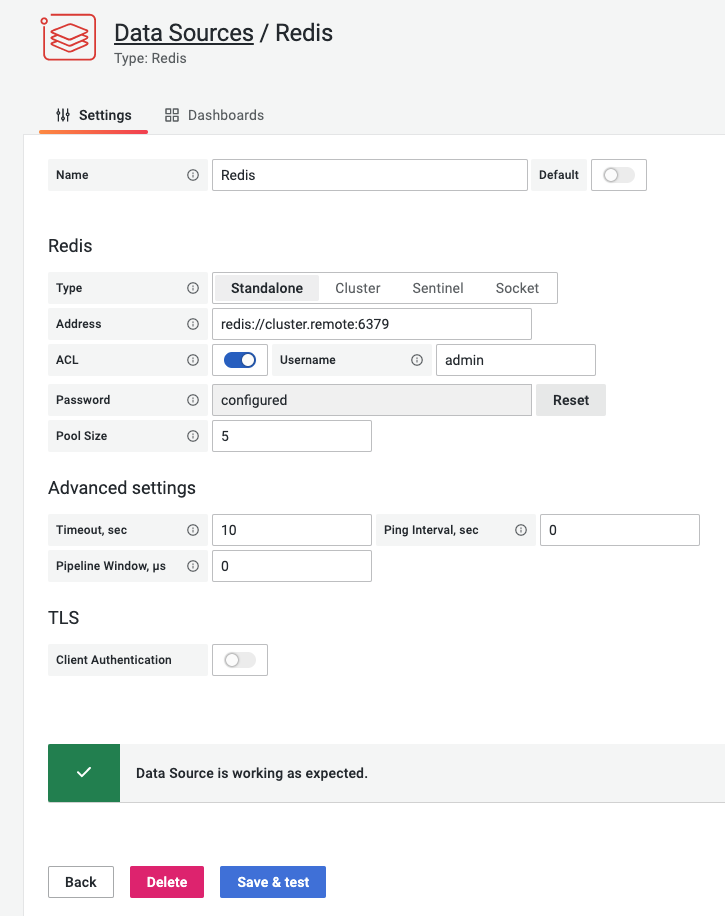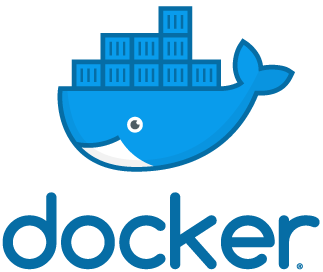- The Stripe CLI is a developer tool to help you help build, test, and manage your integration with Stripe directly from your terminal. The Stripe CLI is easy to install, works on macOS, Windows, and Linux, and offers you a range of functionality to make your developer experience with Stripe better.
- For more information about the Buildx CLI command, see Buildx. Download the latest version of Docker Desktop. Follow the on-screen instructions to complete the installation process. After you have successfully installed Docker Desktop, you will see the Docker icon in your task tray.
The Dapr CLI is the main tool you’ll be using for various Dapr related tasks. You can use it to run an application with a Dapr sidecar, as well as review sidecar logs, list running services, and run the Dapr dashboard. The Dapr CLI works with both self-hosted and Kubernetes environments.
Begin by downloading and installing the Dapr CLI for v1.0.0-rc.3. This is used to initialize your environment on your desired platform.
Install Docker Compose on RHEL 8 / CentOS 8. Follow our separate guide on installation of latest Docker Compose on Linux. Install Docker Compose on Linux. For the sake of keeping this guide brief, we won’t dive into Docker compose usage. I’ll recommend you go through Official Docker documentation and Docker Compose documentation to learn more. Install the Dapr CLI. The Dapr CLI is the main tool you’ll be using for various Dapr related tasks. You can use it to run an application with a Dapr sidecar, as well as review sidecar logs, list running services, and run the Dapr dashboard. The Dapr CLI works with both self-hosted and Kubernetes environments.
Note
This command downloads and install Dapr CLI v1.0-rc.3. To install v0.11, the latest release prior to the release candidates for the upcoming v1.0 release, please visit the v0.11 docs.This command installs the latest linux Dapr CLI to /usr/local/bin:
This Command Prompt command installs the latest windows Dapr cli to C:dapr and adds this directory to User PATH environment variable.
This command installs the latest darwin Dapr CLI to /usr/local/bin:
Or you can install via Homebrew:
Macos Install Docker Cli Command

Each release of Dapr CLI includes various OSes and architectures. These binary versions can be manually downloaded and installed.



- Download the desired Dapr CLI from the latest Dapr Release
- Unpack it (e.g. dapr_linux_amd64.tar.gz, dapr_windows_amd64.zip)
- Move it to your desired location.
- For Linux/MacOS -
/usr/local/bin - For Windows, create a directory and add this to your System PATH. For example create a directory called
C:daprand add this directory to your User PATH, by editing your system environment variable.
- For Linux/MacOS -

Step 2: Verify the installation
You can verify the CLI is installed by restarting your terminal/command prompt and running the following:
Macos Install Docker Command Line
The output should look like this:
Macos Install Docker Cli Centos
